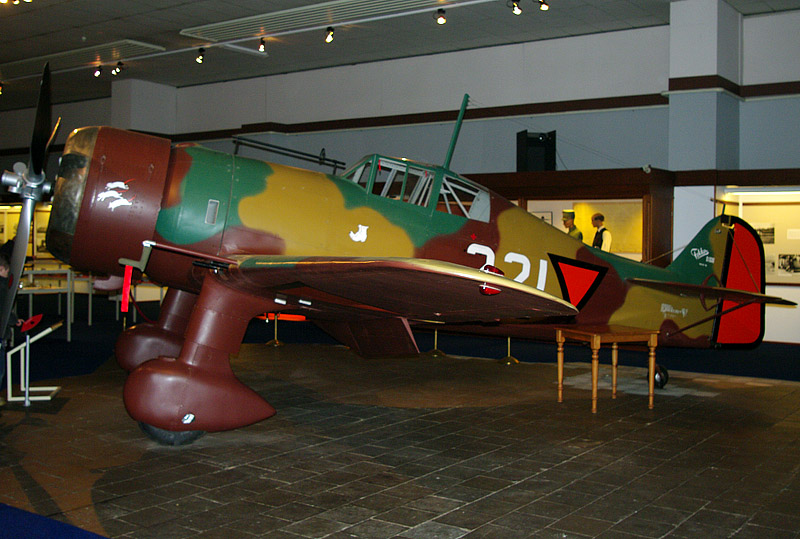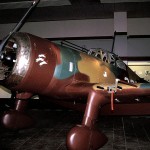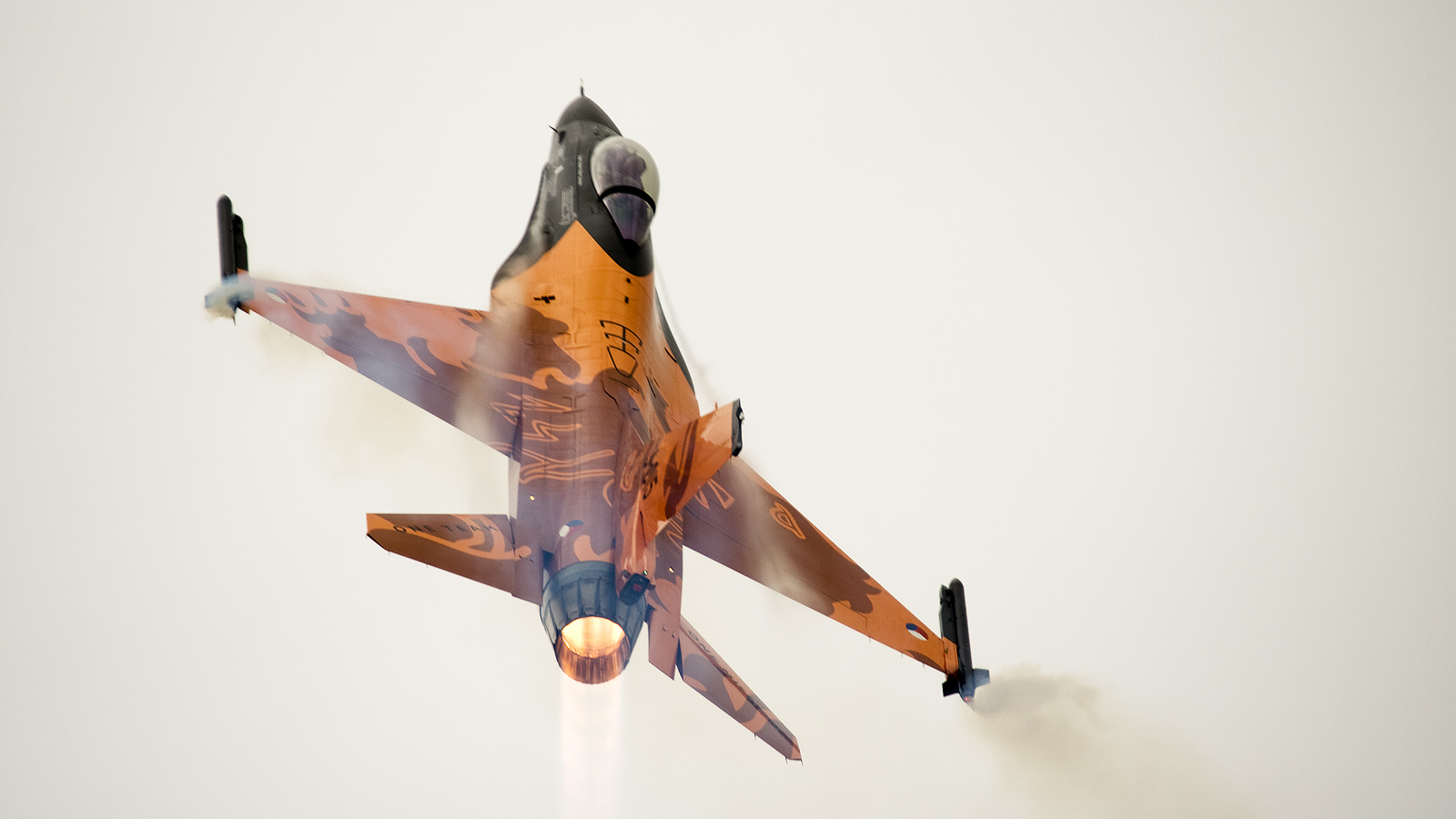
The Royal Dutch Air Force (Luchtvaartafdeling) ordered 36 D XXI’s with the 825 hp Bristol Mercury VII nine cylinder radial engine and armed it with four wing-mounted 7,9 mm FN-Browning M.36 guns.
When the Germans invaded the Netherlands in May 1940 28 Fokker D XXI were ready for combat, they were divided in 3 groups: ‘1JaVa’ at? De Kooy AFB (11 Fokkers), ‘2JaVa’ on Schiphol (now the National Airport) (9 Fokkers) and the ‘1st Afdeling van de Jachtgroep Veldleger’ at Ypenburg AFB. (8 Fokkers). Although the Fokker D XXI was slower, and had much lighter arms, it was a very good fighter against the German fighters, mainly because it could turn tighter and it could climb faster than most German fighters.
No Fokker D XXI have been preserved, for the Paul Verhoeven Movie “Soldier of Orange” that tells the story of a group of students that fled to England after Germany invaded The Netherlands. a Harvard was rebuilt to act as a Fokker D XXI.
| Developing Nation: | The Netherlands |
| Manufacturer/designer: | Fokker / Dr. Ing. Erich Schatzki |
| Task: | Fighter |
| First Flight: | February 27th 1936 |
| First Delivery: | August 27th 1937 |
| First Operational: | September 1937 |
| Crew: | 1 |
| Standard Fokker built D XXI | |
| Wing Span: | 11.00 m |
| Wing Area: | 16.20 m² |
| Length: | 8.20 m |
| Height: | 2.95 m |
| Engine (s): | Bristol Mercury VII, 9 cylinder radial engine with 825 hp (Dutch Air Force configuration) |
| Weight: | 1450 kg |
| Max. Take off weight: | 2050 kg |
| Max. Speed: | 460 Kph at 5100 m |
| Max. Range: | 930 km |
| Weapons: | 4x wing-mounted 7,9 mm FN-Browning M.36 guns. |
| Extra: |
Countries that used the Fokker D XXI |
|
| Denmark | 12 (10 License built by Madsen) |
| Finland | 35 (License built by Valtion Lentokone-tehdas) |
| Netherlands | 28 (ordered 36, 8 were never delivered) |
| Spain | 1 (License built by Hispano Aviaci?n, it flew just before the Nationalists stormed the factory. it was powered by a Russian engine: M-25 taken from an I-16) |
All pictures courtesy of Zijde Aviation Photo and Publishing, Marcel van Leeuwen and Rob Vogelaar.








Be the first to comment